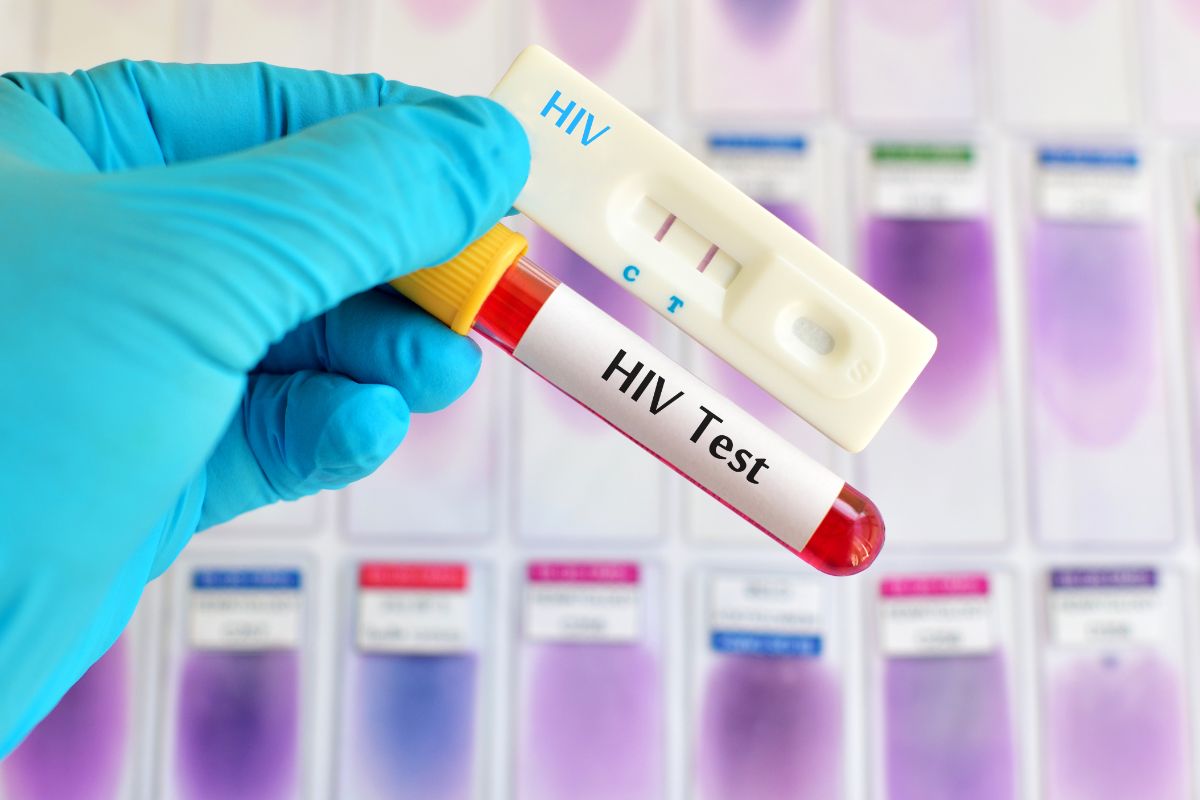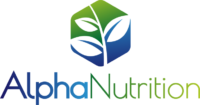Human Immunodeficiency Virus or HIV is a retrovirus that attacks and affects the body’s immune system. It is contracted mostly through sexual intercourse or shared drug paraphernalia.

Some people who contract HIV will have no symptoms and possibly never find out that they have this virus while others will see symptoms that will motivate them to get tested.
Mainly in the United States, those affected by HIV are people who are within an ethnic or racial minority as well as members of the LGBTQIA+ community.
Many medical tests can be expensive and therefore some testing is not accessible to people who don’t have medical insurance or the finances to afford such testing. There are many different ways to test for HIV and each type is priced differently. We look at the cost of the different types of HIV tests below.
Types Of Hiv Tests
There are two main types of HIV tests and these are a NAT (nucleic acid test) and an antibody or antigen test. These two types are the basis for tests produced and used in medical settings or as at-home kits.
During a NAT test blood is drawn from a vein and the test is used to check the blood for HIV. NAT tests can also tell how much of the virus is present in blood also.
This type of test gives the quickest results but it is the most expensive type of HIV test and is mostly used when testing high-risk individuals, those who are showing symptoms, or those who have been exposed to the virus.
Antibody or antigen tests differ from NATs as they check for the virus’s antigens or antibodies rather than the virus itself and its presence in the blood. This type of test would be the most commonly used HIV test and most at-home kits would be based on this type of testing.
At-home kits would require an individual to use the apparatus provided to prick the top of a finger to get a blood sample. This blood sample is then tested in a lab.
With both of these types of testing, it is not possible to check for HIV immediately after being exposed and so many people will speak to a medical professional to access a post-exposure medication to take while waiting to access a test and get results.
Cost Of Hiv Tests
The cost of the HIV test you get will be influenced by several factors. Prices can range from being free of charge to over $200. Below we look at the factors that influence the cost of an HIV test and how to access free of charge testing.
Type Of Test
As mentioned previously, NAT HIV tests are the most expensive type of test, this is because of the rigorous process involved in getting results for this test. This type of test would rarely be covered by insurance as it is not the standard test used when testing an individual for HIV.
At home-tests are often the cheapest type of test but their accuracy is often questioned. They are a great way of getting instant access to a test but often if a positive test is revealed medical professionals will arrange a more accurate form of testing to ensure the at-home testing kit gives an accurate result.
Antigen and antibody tests are cheap to make and so they can range in price, depending on the manufacturer and whether it is being used and sold as a professional test or an at-home kit.
Where You Get Tested
Where you get tested also influences the price of an HIV test as with most medical practices you will be required to pay additional fees, such as an office visit fee, which can be between $100 to $150.
Some insurers will cover HIV testing so it is recommended you check your policy and contact the medical facility where you are being tested to ensure that insurance is accepted.
Planned Parenthood is an amazing resource in the United States that helps people with limited finances to check their sexual health. HIV tests in most Planned Parenthood clinics are completely free of charge. There may be criteria that patients must meet to access free testing but often this is unique to each situation.
FDA-approved home test kits are on sale in pharmacies in most States as well as online and can be bought by individuals over the age of seventeen. Prices for these tests can be anywhere from $30 to $100, depending on the manufacturer.
Final Thoughts
HIV tests are very accessible, regardless of your financial situation, there are ways to access HIV testing. Anyone sexually active should have tests to check their sexual health every six months, those who are members of the LGBTQIA+ community are at a higher risk and should test every three to six months.
If you think that you have been exposed to HIV you should consider getting a test as soon as possible and also look into accessing post-exposure prophylaxis, a medication that can prevent a possible HIV infection after exposure.
Frequently Asked Questions
What Are The Symptoms Of Hiv?
Symptoms from an HIV infection can be noticed between two weeks to two months of getting the infection. Symptoms can vary between males and females but in most cases the initial symptom noticed is a fever or flu-like symptoms.
Other common symptoms include swollen lymph nodes, rapid weight loss, and rashes. If you notice any of these symptoms or believe you have been exposed you should liaise with a medical professional and get tested.
How Can Hiv Be Prevented?
As the most common way of contracting or spreading HIV is through sexual contact the best way to prevent or protect yourself from this virus is to use an effective form of protection during sexual intercourse.
Other ways to prevent an HIV infection are to practice safe sex and ensure both you and your sexual partners are tested frequently. If everyone is getting tested then fewer HIV infections will be spread and people will be more aware of their sexual health.
- Understanding Male Reproductive Health: A Complete Guide - February 2, 2025
- Simple Healthy Skin Habits for Radiant Skin - December 6, 2024
- Unlocking the Connection Between Nutrition and Mental Health - December 3, 2024

![When Is A HIV Test Conclusive? Everything That You Need To Know When Is A HIV Test Conclusive? [Everything That You Need To Know]](https://alphanutrition.com/wp-content/uploads/2022/08/When-Is-A-HIV-Test-Conclusive-Everything-That-You-Need-To-Know-150x150.jpg)






